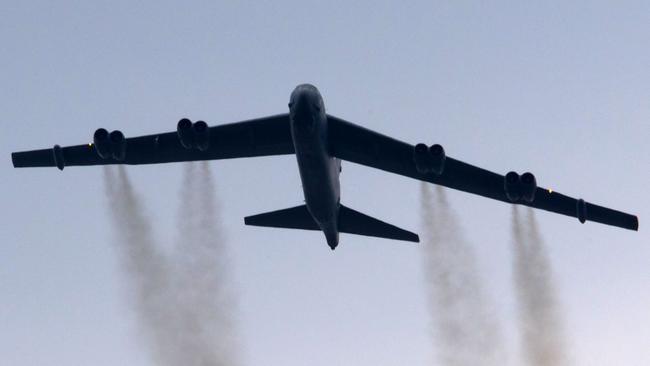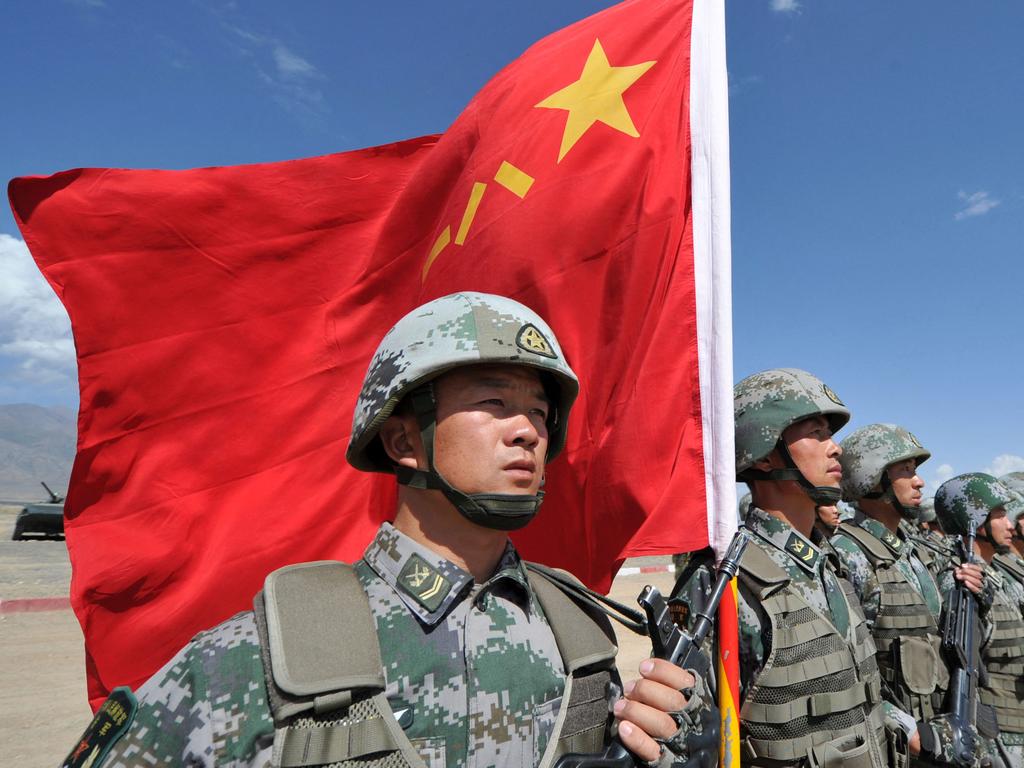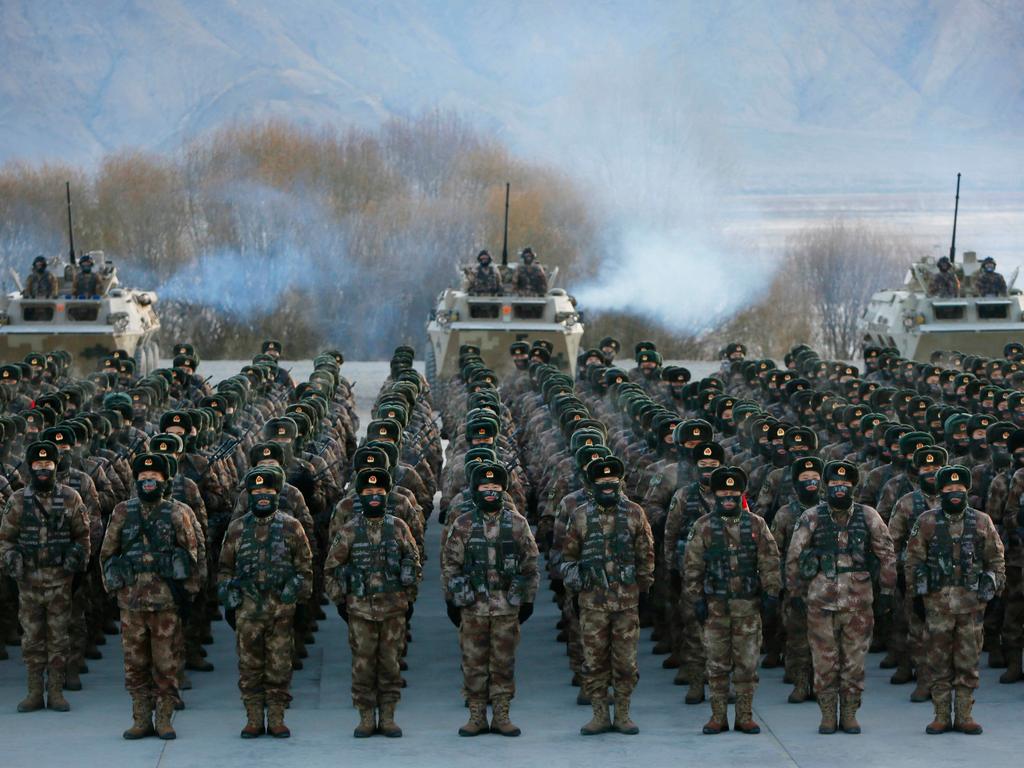Pentagon sounds alarm on Beijing’s rising nuclear threat

Senior officials in US Strategic Command are talking about the need for more strategic nuclear weapons given the rapid increase in China’s inventory. The key threat for America now is that, for the first time, it faces the prospect of war simultaneously with two well-armed nuclear powers, Russia and China.
At the height of the Cold War, the Pentagon’s calculations were that to threaten unacceptable damage to the Soviet Union as a modern functioning society, the US would have to destroy a quarter of that country’s population – about 70 million people – including its political and military leadership. It is unclear if a similar calculation applies for China.
This does not mean to say that Washington needs to match China’s rapid increase of its strategic nuclear weapons from a low base of scarcely 200 warheads a few years ago. But it may well mean we are on the threshold of a renewed nuclear arms race.
The Pentagon’s report also states China now has, numerically, the world’s largest navy and is clearly competing with the US for strategic space in the Asia-Pacific region. The PLA’s navy has about 340 warships and submarines, including 125 major surface combatants. Traditionally, the PLA was dominated by its army and China was preoccupied in the Cold War with protecting its vulnerable northern approaches from a Soviet Union that deployed 50 army divisions along the Siberian border. Given China’s quasi-alliance relationship now with Russia, and the fact these two countries have settled their long-disputed 4600km common border some years ago, President Xi Jinping can now safely turn his war-fighting focus south into the Pacific.
Even so, it needs to be remembered that most large continental, land-focused powers have struggled to develop a formidable naval capability. That included the Soviet Union at the height of its military power. The fact is China has no experience in modern history of fighting a naval war.
This brings us to the fact that, despite the apparent formidable increase in China’s military power recently, Beijing still has some serious deficiencies. For example, according to the Pentagon it will take several years for China to develop a robust offensive deep-water ASW (anti-submarine warfare) capability. And its own submarines are still relatively noisy. Its SSBNs (ballistic missile-firing submarines) – which are key to its survivable second-strike nuclear capability – are probably easily tracked by America’s nuclear attack submarines (SSNs).
China faces another conundrum and that is its maritime geography. China’s key operating base on Hainan Island lacks access to nearby deep waters in which to hide. And the naval exits further north from the Gulf of Bohai and the Yellow Sea must penetrate a formidable series of US SOSUS (Sound Surveillance System) anti-submarine arrays extending from Japan and South Korea to Taiwan, The Philippines and Indonesia.
The Pentagon assesses that China’s capabilities for joint conventional military operations outside the First Island Chain (Japan, Taiwan and The Philippines) “remains in its infancy”.
Finally, there is the observation that many of the deficiencies we are witnessing with Russia’s military may also exist in China. So, a military command system that centralises authority and has no equivalent of the West’s NCOs able to make tactical decisions on the battlefield probably also exists in the PLA. It is also likely the serious deficiencies we see in Russia’s logistics supply and its military equipment also exist in China. And there is the total lack of experience of the PLA on the modern high-intensity, high-accuracy battlefield. The PLA has not fired a shot in anger since 1979 when Beijing attempted – and failed – to “teach Vietnam a lesson”. In comparison, America has been practically continuously at war since the end of World War II.
For Australia, all this implies we need much more serious studies in the public domain about the relative weaknesses – as well as the growing strengths – of the PLA. We need to remember that if Beijing wants to threaten us short of nuclear war, it will be seeking to operate at the very limits of its logistics supply chain through either Southeast Asia or the South Pacific. That is why we cannot tolerate a Chinese military base in our neighbourhood. And it is also why we must be urgently developing a long-range missile strike capability and reinforcing and hardening our military bases in the north of our continent. We also need to build a key operating base on our Cocos (Keeling) Islands, which are closer to the straits of Southeast Asia through which 80 per cent of China’s oil is imported.
Last week’s announcement at AUSMIN that the US has agreed to a major increase in the deployment of its air, land, and sea forces in Australia, including rotational bomber taskforces such as B-52s, will be formidable deterrent if China ever seeks to threaten us militarily, directly or indirectly.
The presence of B-52 bombers in our north will bring China’s military bases in the South China Sea at Mischief, Fiery Cross and Subi Reefs within US strike range.
Paul Dibb is Emeritus Professor of strategic studies at ANU and a former Defence deputy secretary.







The just released Pentagon report that assesses China’s military power predicts Beijing will have about 1500 strategic nuclear warheads by 2035, or roughly triple the number of today. By comparison, the US currently deploys 1744 warheads and Russia 1588. So, China may soon achieve strategic nuclear parity with America.